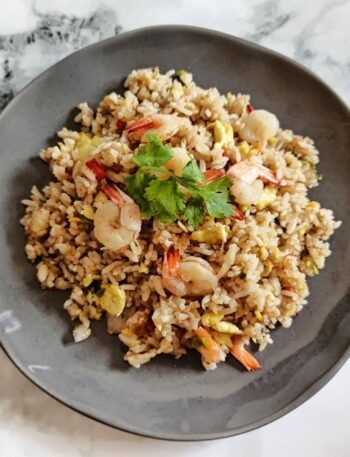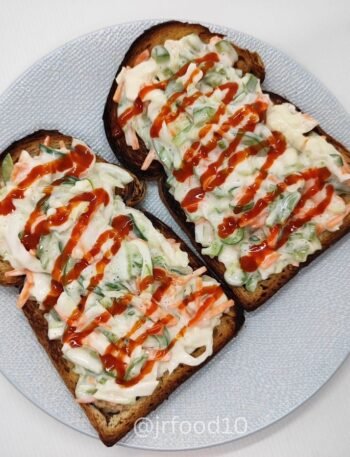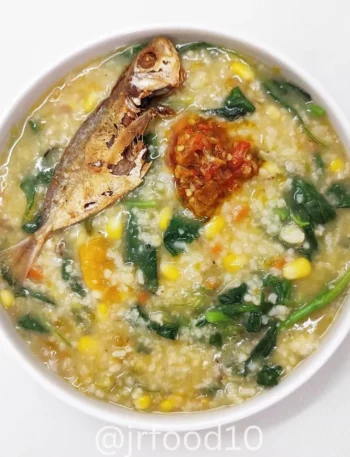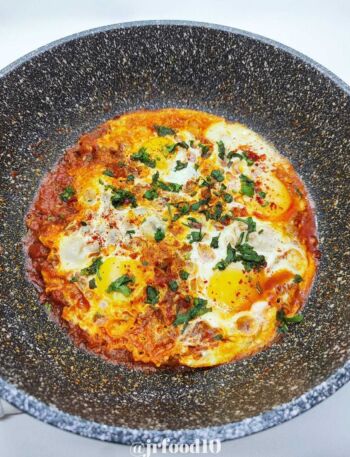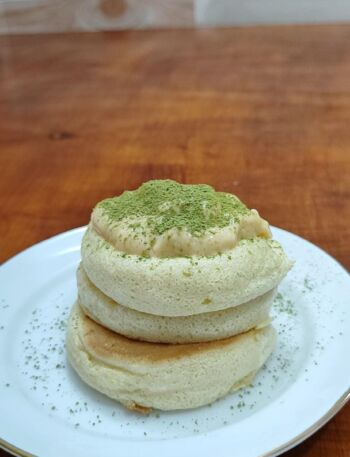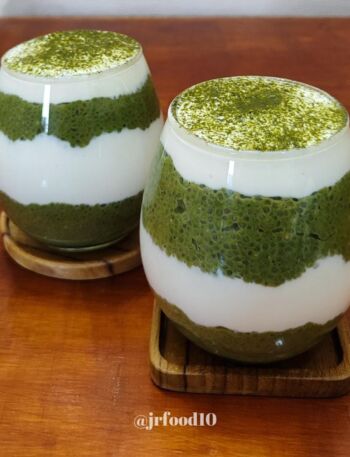Rice Porridge Japanese (Okayu)
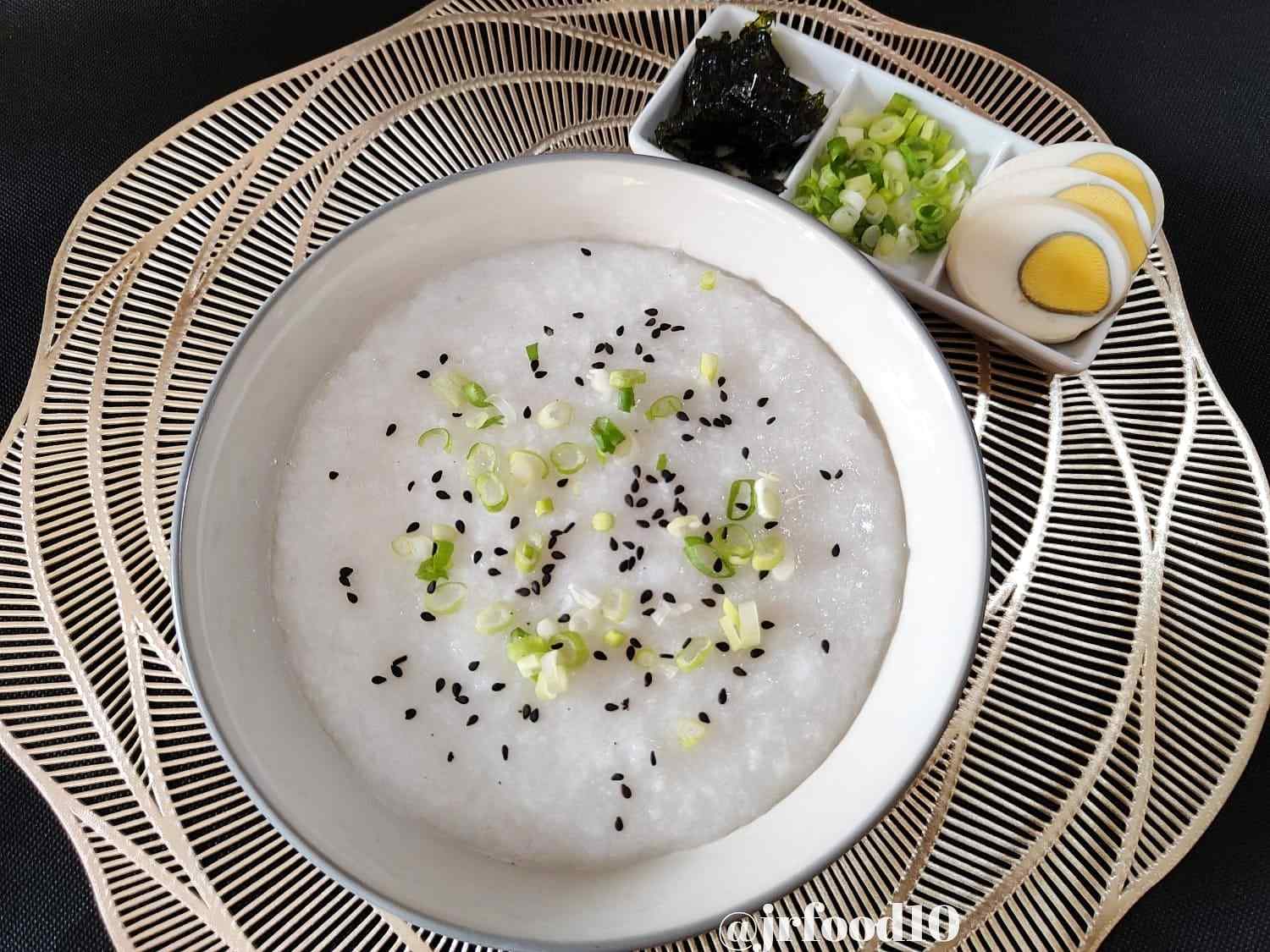 View Gallery
2 photos
View Gallery
2 photos
Step into the world of Japanese comfort cuisine with a timeless classic – Okayu, a delicate and nourishing rice porridge that has been a staple in Japanese households for centuries. In the heart of Japanese homes and culture, Okayu weaves a tale of nourishment, warmth, and timeless simplicity. This recipe invites you to discover the art of crafting this soothing dish, exploring the delicate balance of ingredients that transforms humble rice into a velvety porridge, capturing the essence of “rice porridge Japanese.”
Prepare to savor tranquility as we guide you through the steps of creating your own bowl of Okayu, a testament to the art of simplicity and the profound connection between food and well-being. As we blend tradition with modernity, let the subtle nuances of Rice Porridge Japanese (Okayu) unfold, inviting you to partake in a timeless culinary experience that resonates with both the palate and the soul.
Browse through a selection of recipes to find ones you might enjoy:
Rice Porridge Japanese (Okayu)
The taste of Rice Porridge Japanese (Okayu) is a harmonious blend of subtly sweet rice essence, velvety creaminess, and a hint of salt that caresses the palate, offering a comforting and delicate flavor experience reminiscent of a comforting embrace.

Ingredients
Instructions
Rinse the rice thoroughly until the water runs clear to remove excess starch, ensuring a light and fluffy result.
Bring the water to boil, then add the rice into it also give some salt.
Bring the mixture to a gentle boil, then reduce the heat to simmer, allowing the rice to gradually break down and create a velvety porridge.
Depending on your preferences, you can adjust the water-to-rice ratio to achieve a thicker or thinner consistency.
Thinly slice a fresh green onion and sprinkle it over the porridge, adding a burst of color and a mild oniony aroma. For a delightful crunch and a nutty undertone, top your Okayu with a generous tablespoon of black sesame seeds.
Servings 5
- Amount Per Serving
- Calories 147kcal
- % Daily Value *
- Total Fat 1.1g2%
- Saturated Fat 0.2g1%
- Sodium 468mg20%
- Potassium 65mg2%
- Total Carbohydrate 30.4g11%
- Dietary Fiber 0.8g4%
- Sugars 0.2g
- Protein 3.1g7%
- Calcium 32 mg
- Iron 2 mg
* The % Daily Value (DV) tells you how much a nutrient in a food serving contributes to a daily diet. 2,000 calorie a day is used for general nutrition advice.
Note
- Thoroughly Rinse the Rice: Rinse the rice under cold water until the water runs clear. This helps remove excess surface starch, preventing the porridge from becoming overly sticky.
- Balancing Act: Experiment with the water-to-rice ratio to achieve your preferred consistency. For a thicker porridge, use less water, and for a lighter version, add more water. The suggested 1500-2000 ml is a starting point; adjust based on your taste.
- The Magic of Simmering: Once the rice and water come to a boil, reduce the heat to a simmer. Allow the Okayu to cook slowly, stirring occasionally to prevent sticking. This gradual process lets the rice break down, creating a velvety and comforting texture.
Frequently Asked Questions
Yes, a rice cooker is a convenient way to make Okayu. Simply adjust the water-to-rice ratio, add salt, and let the rice cooker work its magic.
Opt for short-grain rice, preferably Japonica rice, for the ideal texture in Okayu. The starch content in this type of rice contributes to the creamy consistency.
Absolutely! Okayu is versatile, and you can customize it with various toppings like shredded nori, pickled plums (umeboshi), or a drizzle of soy sauce to suit your taste.
While Okayu is traditionally served during times of illness for its gentle nature, it's enjoyed year-round and especially during cold weather for its comforting properties.
Yes, Okayu can be made in advance and reheated. Add a bit of extra water while reheating to achieve the desired consistency.
Yes, there are regional and personal variations of Okayu. Some versions include additional ingredients like vegetables, seafood, or meat for added flavor.
Yes, Okayu is inherently gluten-free as it is made from rice and water. However, it's essential to check the ingredients of any additional toppings or seasonings for gluten content.


